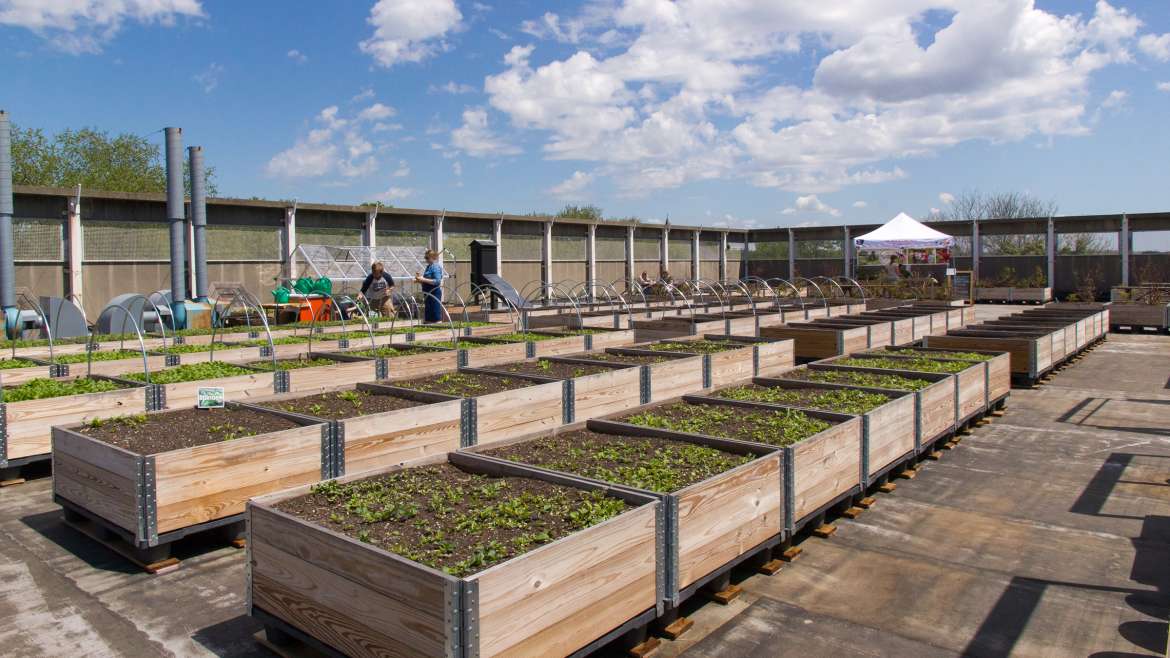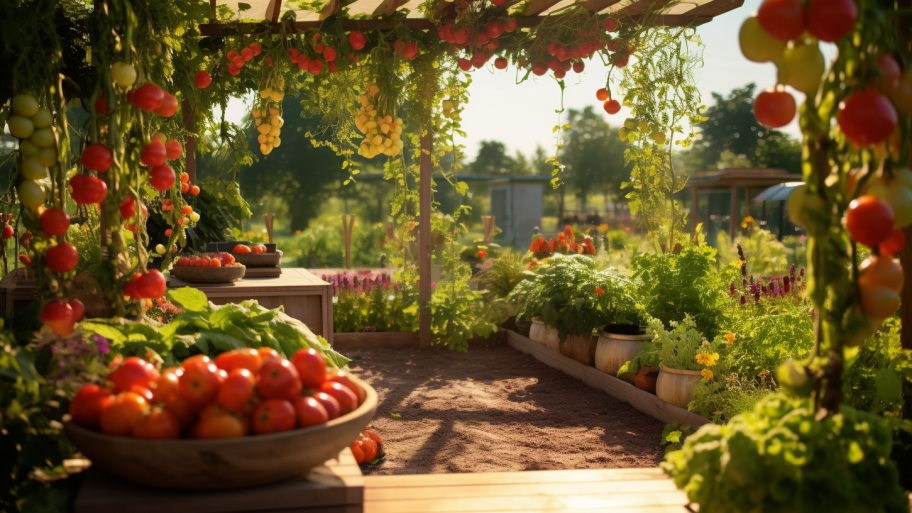In the previous two articles, we have walked you through the design and installation of your own rooftop garden. Now it’s time to ensure that your green haven thrives and remains sustainable. In this final installment of our rooftop gardening series, we’ll share essential tips for maintaining a healthy rooftop garden and keeping it environmentally friendly.
Watering and Fertilization Techniques
Proper watering is crucial for your rooftop garden’s success. The frequency and amount of water will depend on factors such as plant type, container size, and weather conditions. As a general rule, water your plants early in the morning or late in the afternoon to minimize evaporation. Check the soil moisture regularly and adjust your watering schedule accordingly.
Fertilization is equally important for healthy, productive plants. Use organic fertilizers or compost to provide essential nutrients and improve soil structure. Liquid seaweed, fish emulsion, or compost tea are excellent options for container gardens. Apply fertilizers according to the manufacturer’s instructions or the needs of your specific plants.
Pest Control and Organic Solutions
Pest control is an inevitable part of rooftop gardening. Adopt an integrated pest management approach that focuses on prevention and organic solutions. Here are some tips:
- Inspect your plants regularly for signs of pests or diseases.
- Encourage beneficial insects, like ladybugs and lacewings, by planting flowers that attract them.
- Use insecticidal soap, neem oil, or other organic pesticides to target specific pests without harming beneficial insects.
- Practice crop rotation and intercropping to prevent the buildup of pests and diseases.
Seasonal Maintenance and Plant Care
Regular maintenance will keep your rooftop garden looking its best throughout the year. Seasonal tasks include:
- Pruning: Trim back dead or damaged growth to encourage healthy, bushy plants. Prune fruiting plants like tomatoes or peppers to maximize fruit production.
- Mulching: Apply a layer of organic mulch, like straw or wood chips, to help retain moisture, suppress weeds, and regulate soil temperature.
- Winterizing: Protect your plants from harsh winter conditions by wrapping containers in insulation, moving them to sheltered locations, or bringing them indoors.
- Spring preparation: Refresh your growing medium, replenish nutrients, and replace any plants that didn’t survive the winter.
Harvesting and Enjoying Your Rooftop Garden Bounty
Harvest your fruits, vegetables, and herbs regularly to encourage continued production and enjoy the freshest, most delicious produce. Familiarize yourself with the optimal harvesting times for each plant and use clean, sharp tools to avoid damaging the plant.
Recommended Products for Rooftop Garden Maintenance
To help you care for your rooftop garden, consider these useful products available on Amazon:
- Gardena 1975 Aquazoom Oscillating Sprinkler: Efficiently water your garden with this adjustable oscillating sprinkler.
- Dr. Earth Organic 5 Tomato, Vegetable & Herb Fertilizer: Boost your plants’ growth with this organic, non-GMO fertilizer.
- Neem Bliss 100% Cold Pressed Neem Oil: Protect your plants from pests and diseases with this cold-pressed neem oil, an effective and eco-friendly solution.at bay with this organic insecticide concentrate.
- GROWNEER 3-Pack Pruning Shears Set: Keep your plants in top shape with this set of three pruning shears, featuring different blade types for various pruning tasks.
By implementing these maintenance and sustainability tips, you’ll be well on your way to nurturing a thriving, eco-friendly rooftop sanctuary. Your hard work and dedication will pay off as you enjoy the beauty, serenity, and delicious bounty your rooftop garden provides.
In summary, rooftop gardening is an exciting and rewarding endeavor that allows you to transform unused spaces into lush, productive gardens. Throughout this series, we’ve covered the essential aspects of creating, designing, and maintaining a successful rooftop garden. Now, armed with this knowledge, you can enjoy the many benefits that rooftop gardening has to offer, from improving your well-being and the environment to harvesting fresh, homegrown produce. Happy gardening!




